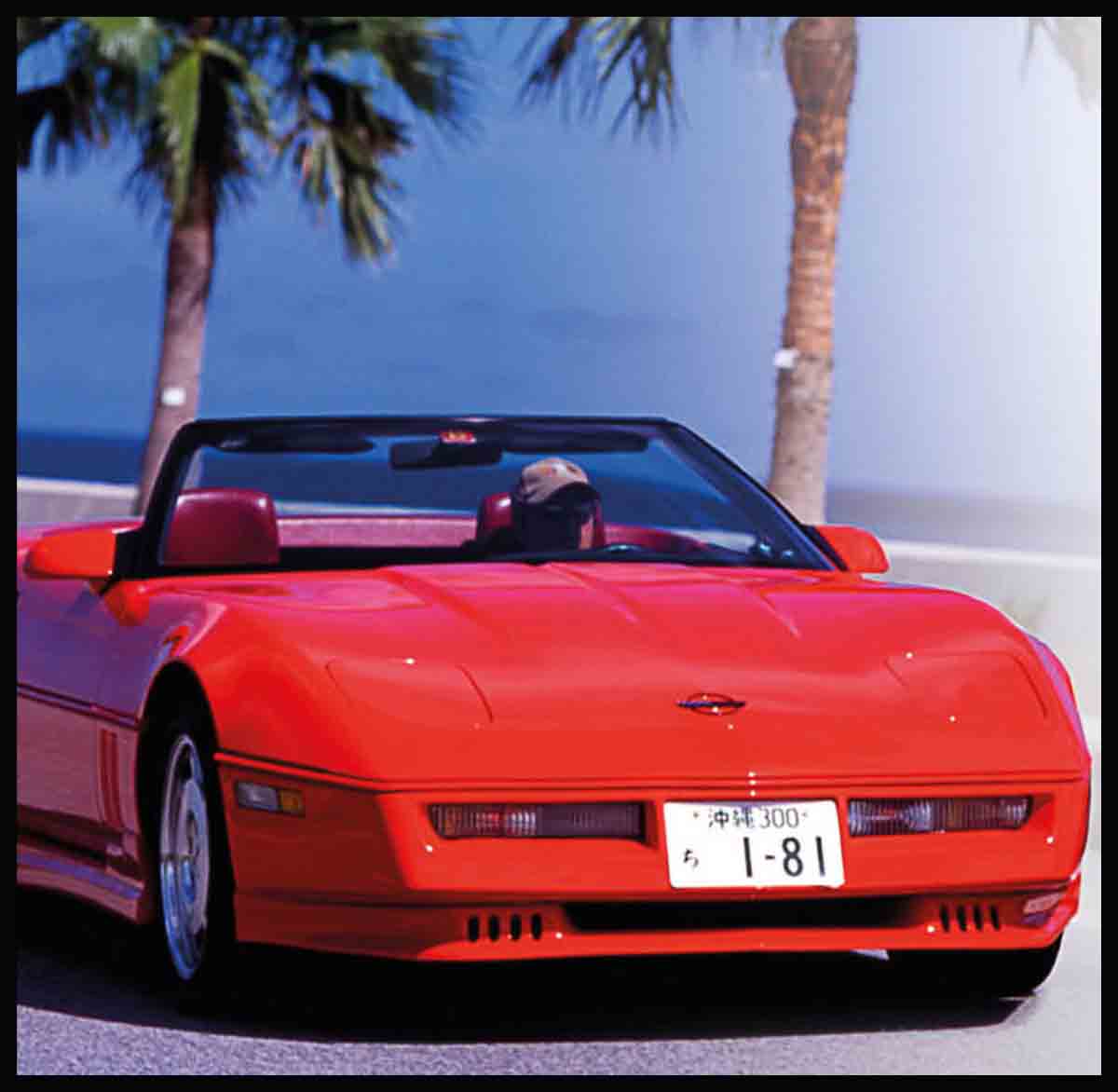
Chevrolet Corvette
One of the most evocative names in the business, after more than 60 years on the road the Corvette is still very much the definitive American sports car. Originally intended as a rival for the UK’s Jaguar XK120, it cost almost twice as much as previous Chevrolets and sold slowly at first, only really taking off when V8 engines were added. Since then a process of continual development has kept the Corvette at the very forefront of US motoring.
VERY MUCH THE jewel in the crown for General Motors, and the iconic star of screen and song, the ’Vette was the brainchild of Harley Earl, head of design at the company in the 1950s. Keen to compete with a flood of European imports, he sought to combine a relatively modest, six-cylinder engine with an all-new, roadster body made from plastic.
Few buyers were convinced, and most early sales were reportedly to GM’s own executives. The turning point came when the company adopted a V8 engine in 1956. Further success seemed assured when Zora Arkus-Duntov began raising the power output, and by 1960 sales were running at 11,000 a year.

SPECIFICATIONS
| Model | Chevrolet Corvette, 1984-96 |
| Assembly | USA |
| Production | 317,700 |
| Construction | Steel monocoque with fibreglass panels |
| Engine | 5,735 cc, V8 |
| Power output | 230-330 bhp |
| Transmission | 4- or 6-speed manual; 4-speed automatic |
| Suspension | Front and rear fibreglass leaf springs |
| Brakes | All-round discs |
| Maximum speed | 140-180 mph (225-290 km/h) |
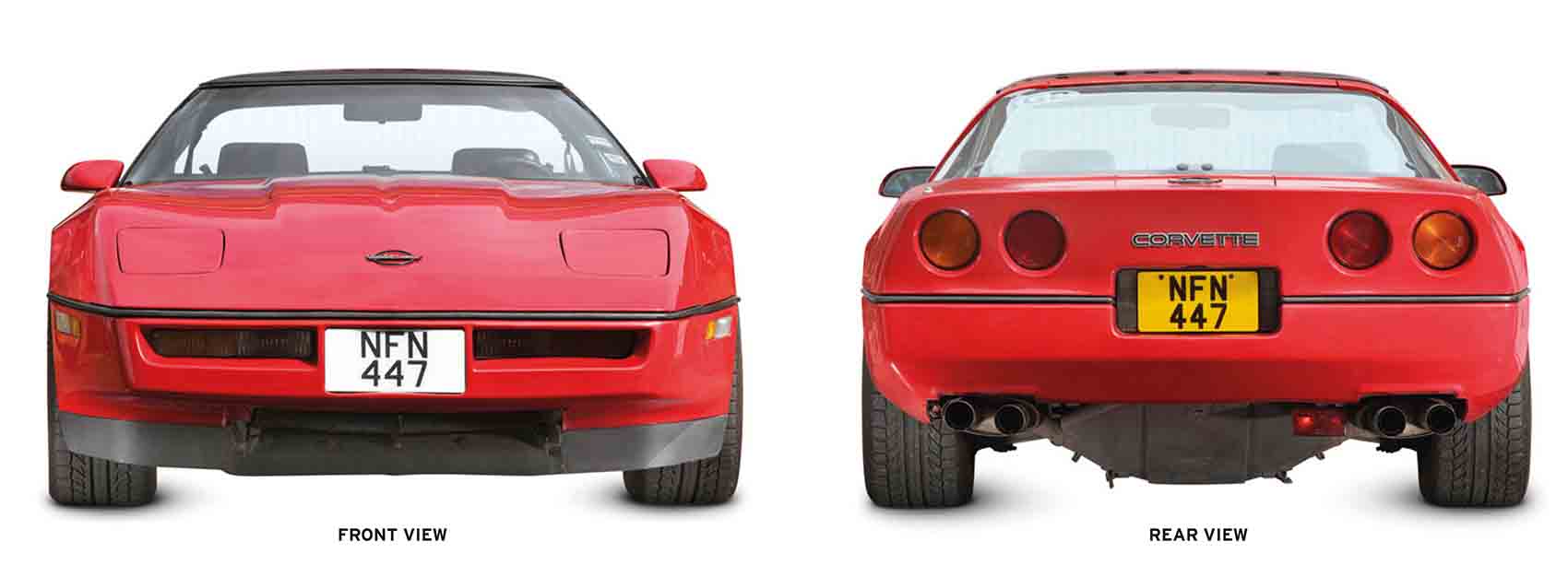

Styling
Since the mid-1960s the classic Corvette shape has continually evolved. By retaining elements such as the paired, round rear lights and vast, sweeping bonnet, its designers have absorbed stylistic details from rivals such as Ferrari but never lost the distinct appearance and appeal of America’s classic sports car.
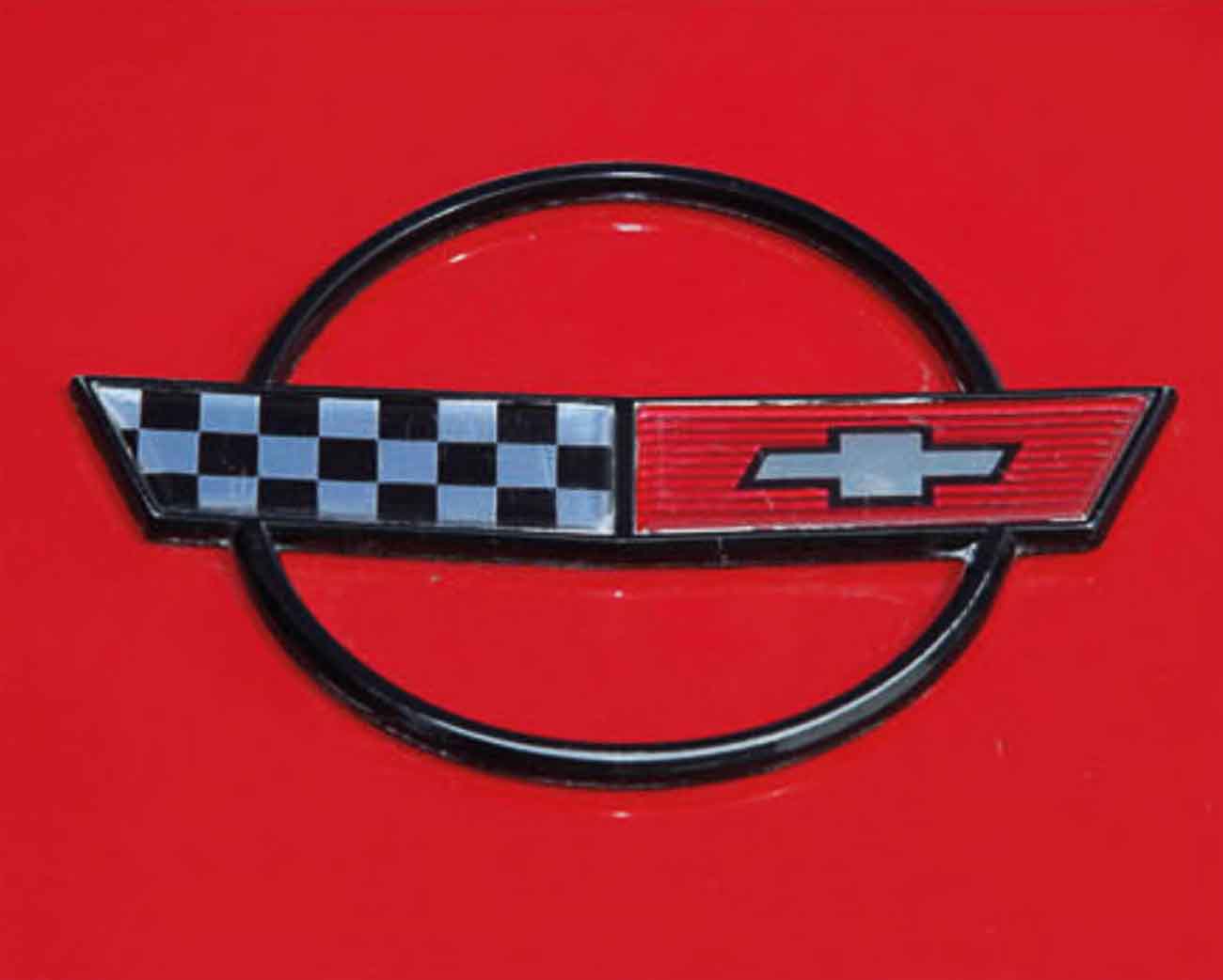
Chevrolet badge
When he introduced it to the world in 1913, company cofounder William C. Durant claimed to have copied the “bow-tie” logo from a design on the wallpaper in a French hotel. This story has since been disputed, and conflicting accounts have emerged, but the new Chevrolet badge proved instantly recognizable to early customers.
ON THE ROAD
By the mid-1980s the Corvette had moved into its fourth generation, and would-be buyers were keen to see the first total redesign of the car for nearly 20 years. The 5.7-liter V8 was only slightly more powerful than its predecessor, but in both coupe and roadster form the new look was clean and fresh. Less curvy than the outgoing car, no-one could mistake it for anything but a Corvette and the shape aged extremely well.
By European sports-car standards these were large cars, combining impressive levels of performance and comfort. Those in good condition always found willing buyers, especially rarities such as the 1988 limited edition launched to mark the Corvette’s 35 years as an American icon.
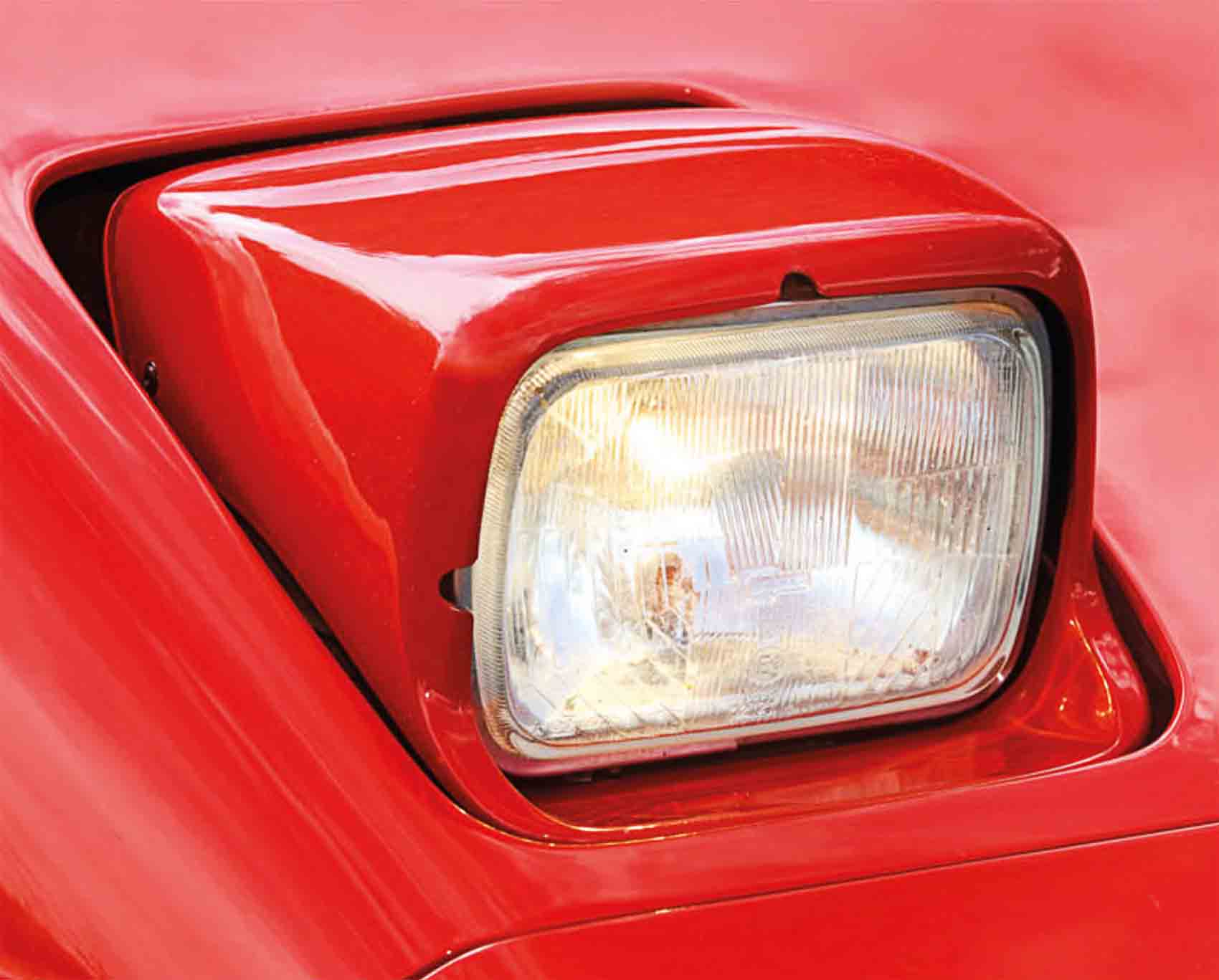
Pop-up headlamps reduce drag when closed
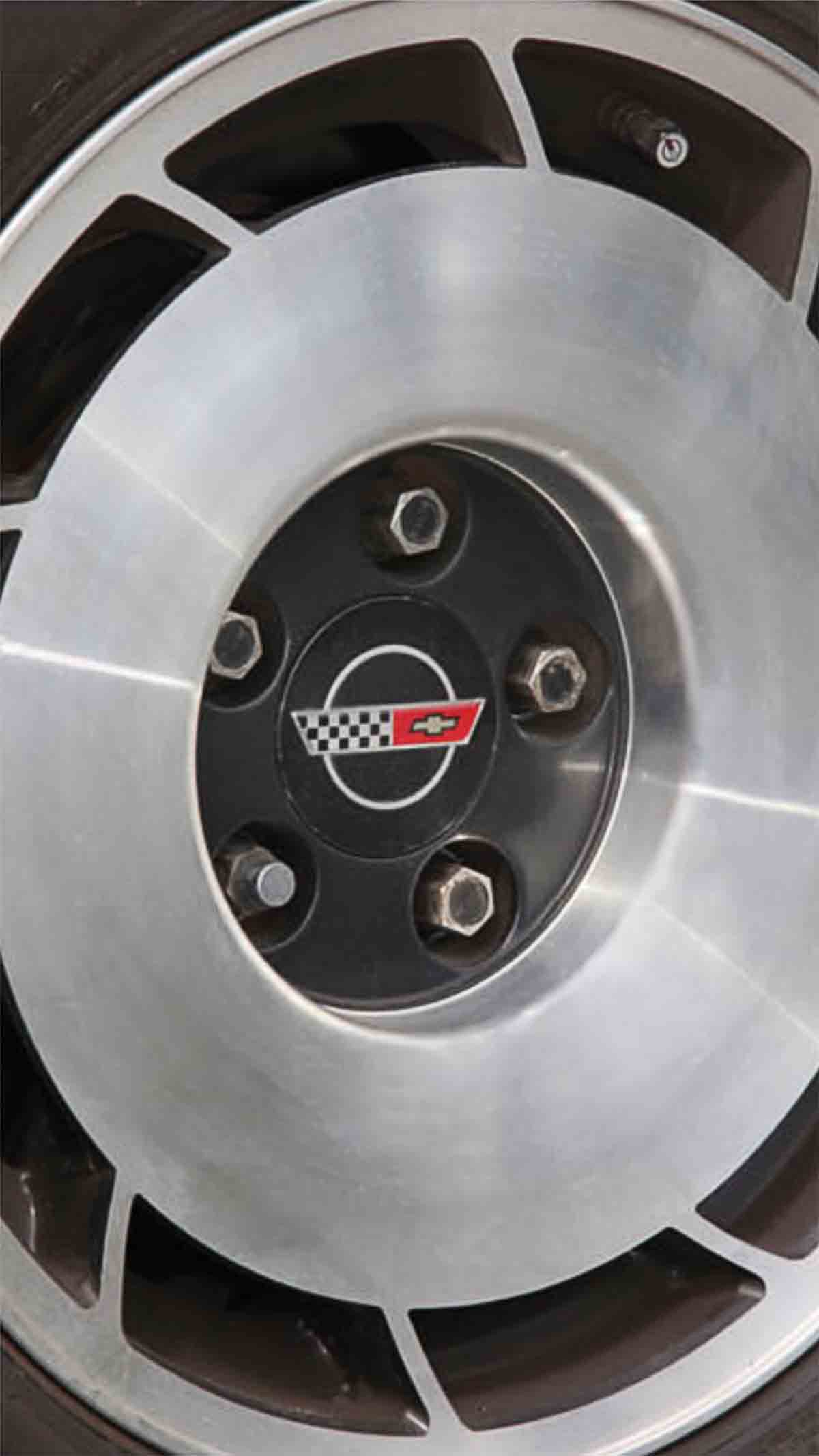
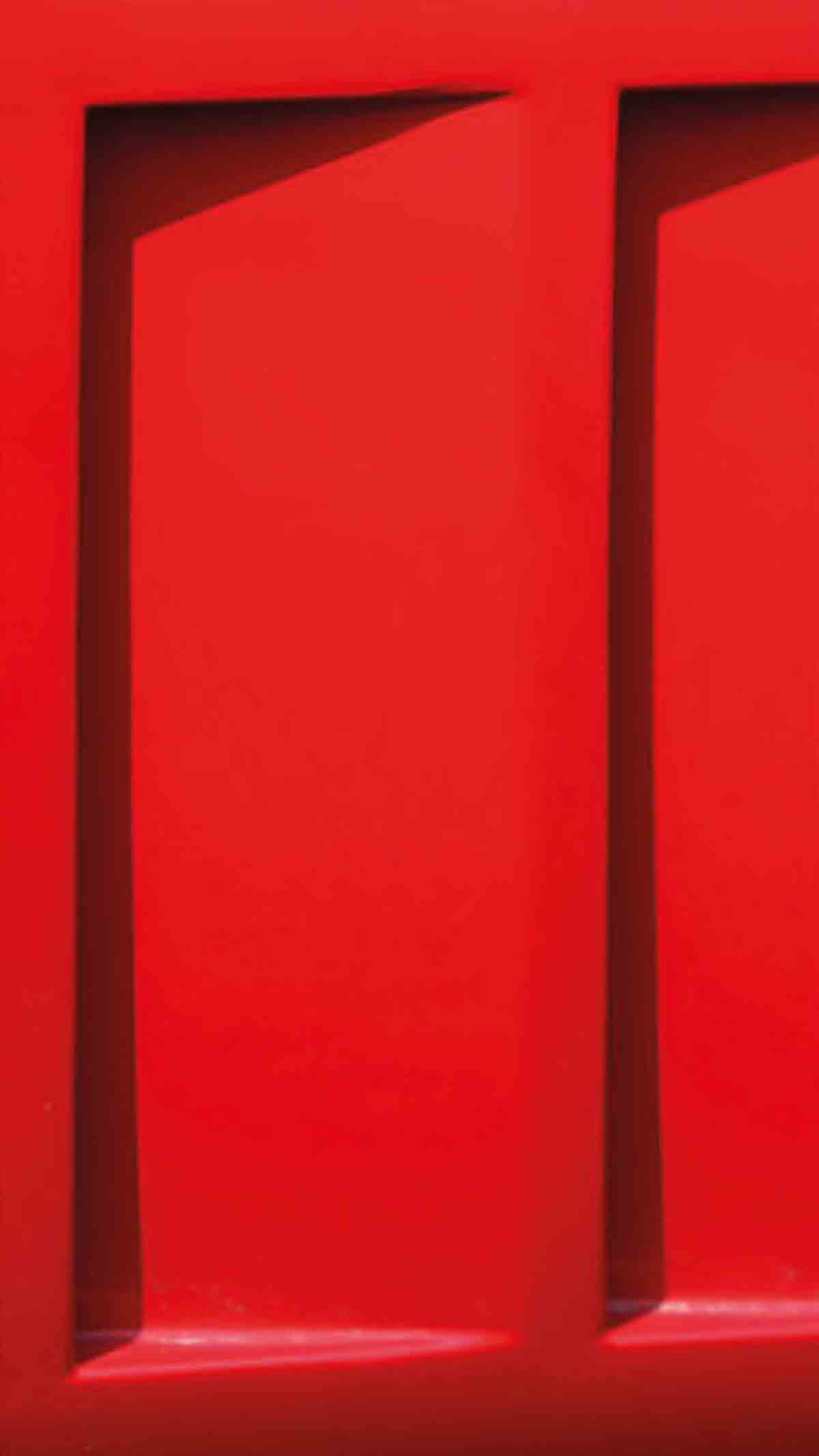
Stylish lightweight alloy wheels
Fins channel cooling air to brakes.

Repeater sidelights set into rear bumper

Corvette badge boldly displayed on rear panel
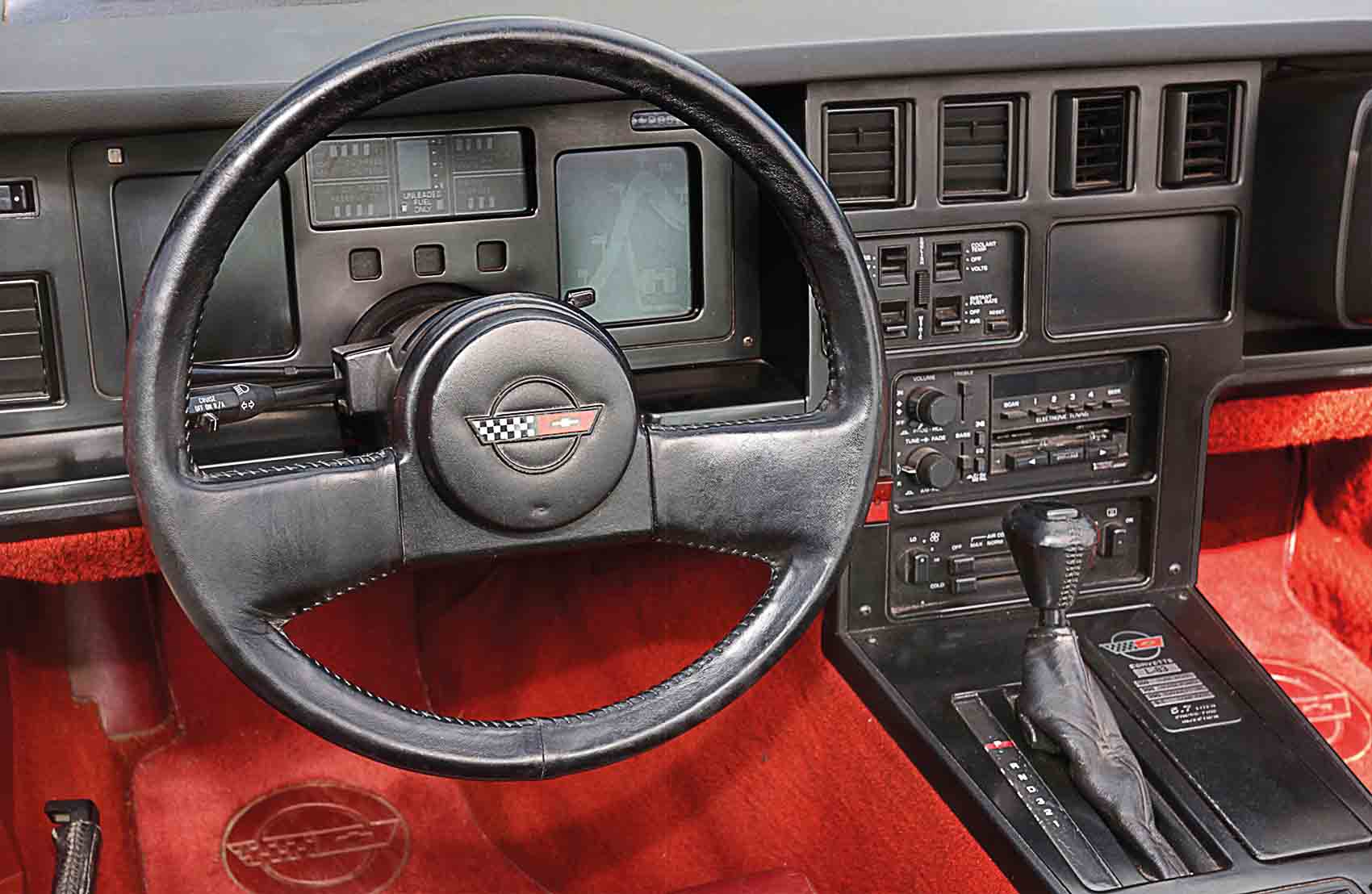
Dashboard with electronic display

Twin rear lights—a long-standing Corvette feature

Twin pairs of dual exhausts pipes
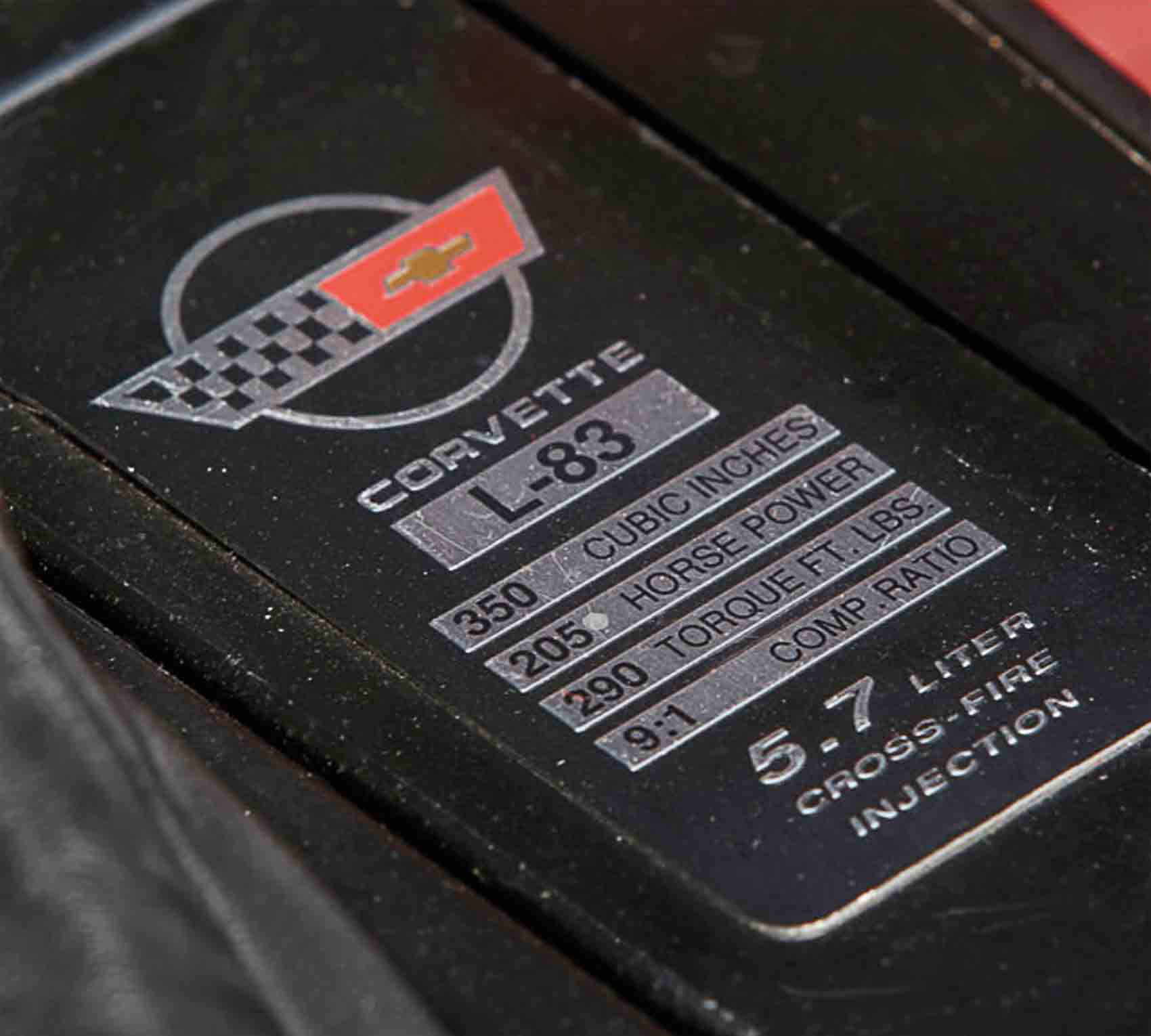
Interior badge detailing performance statistics
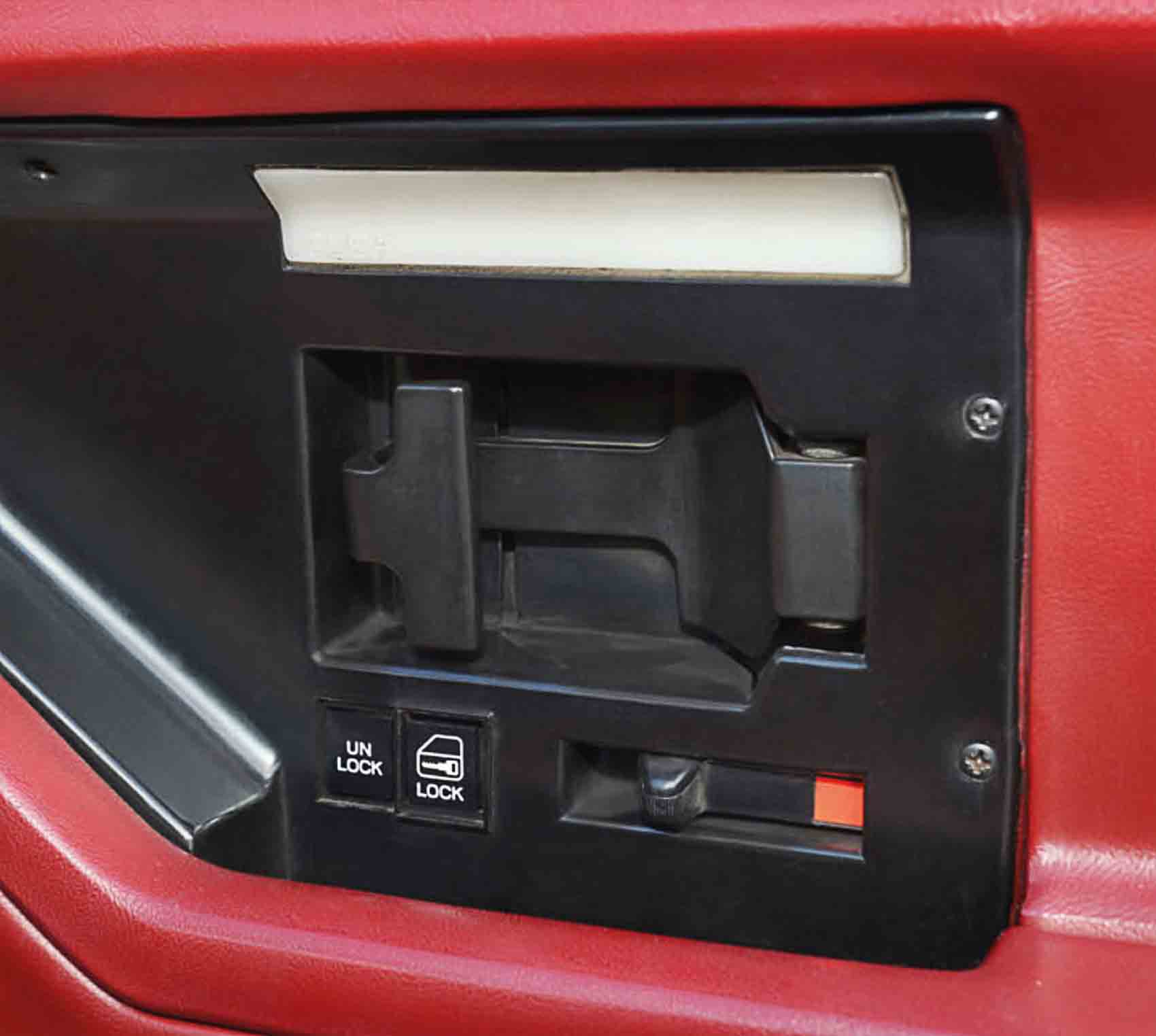
Interior door handles
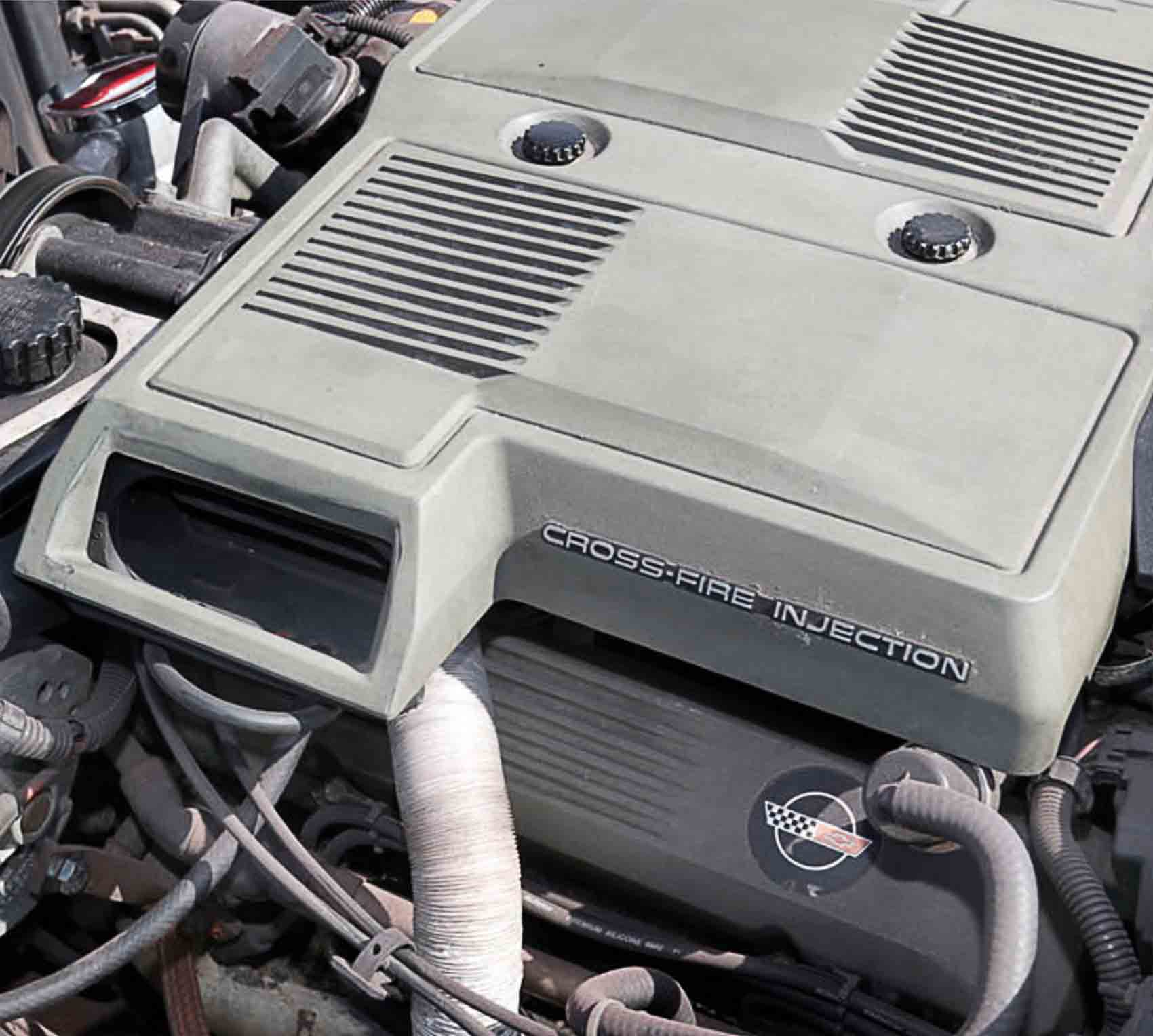
5.7—liter V8 engine
It is a quote. The Classic Car Book – The Definitive Visual History 2016




